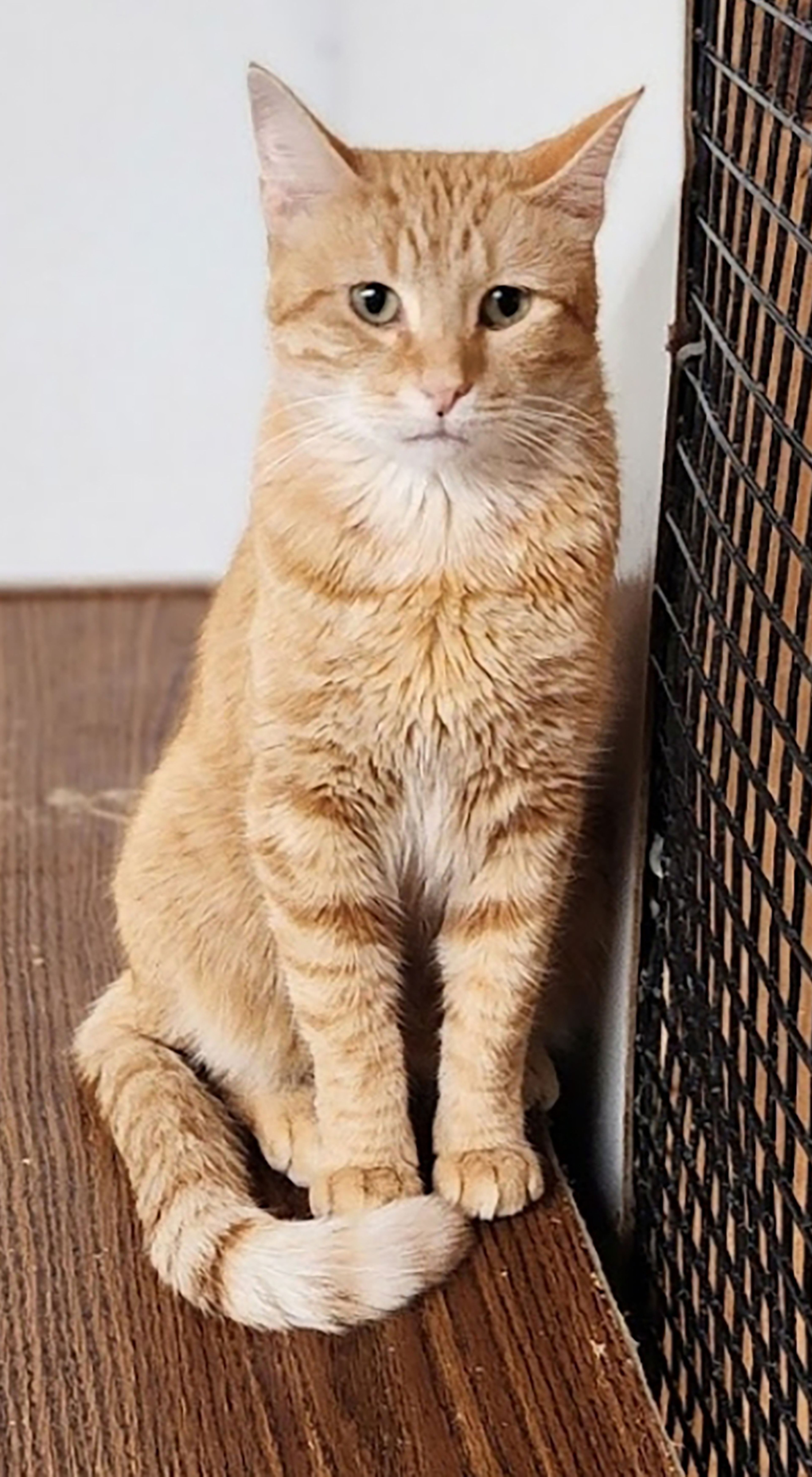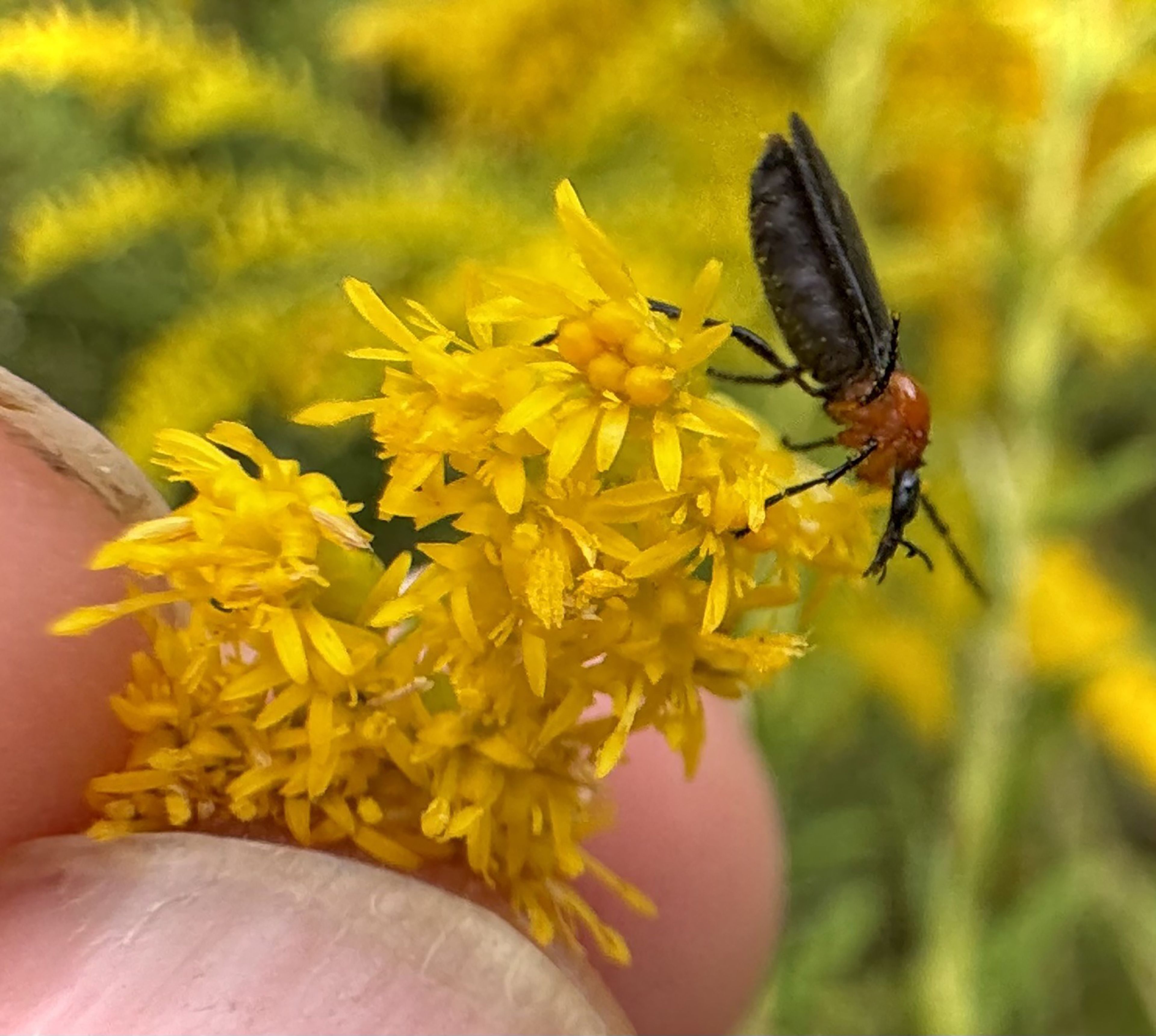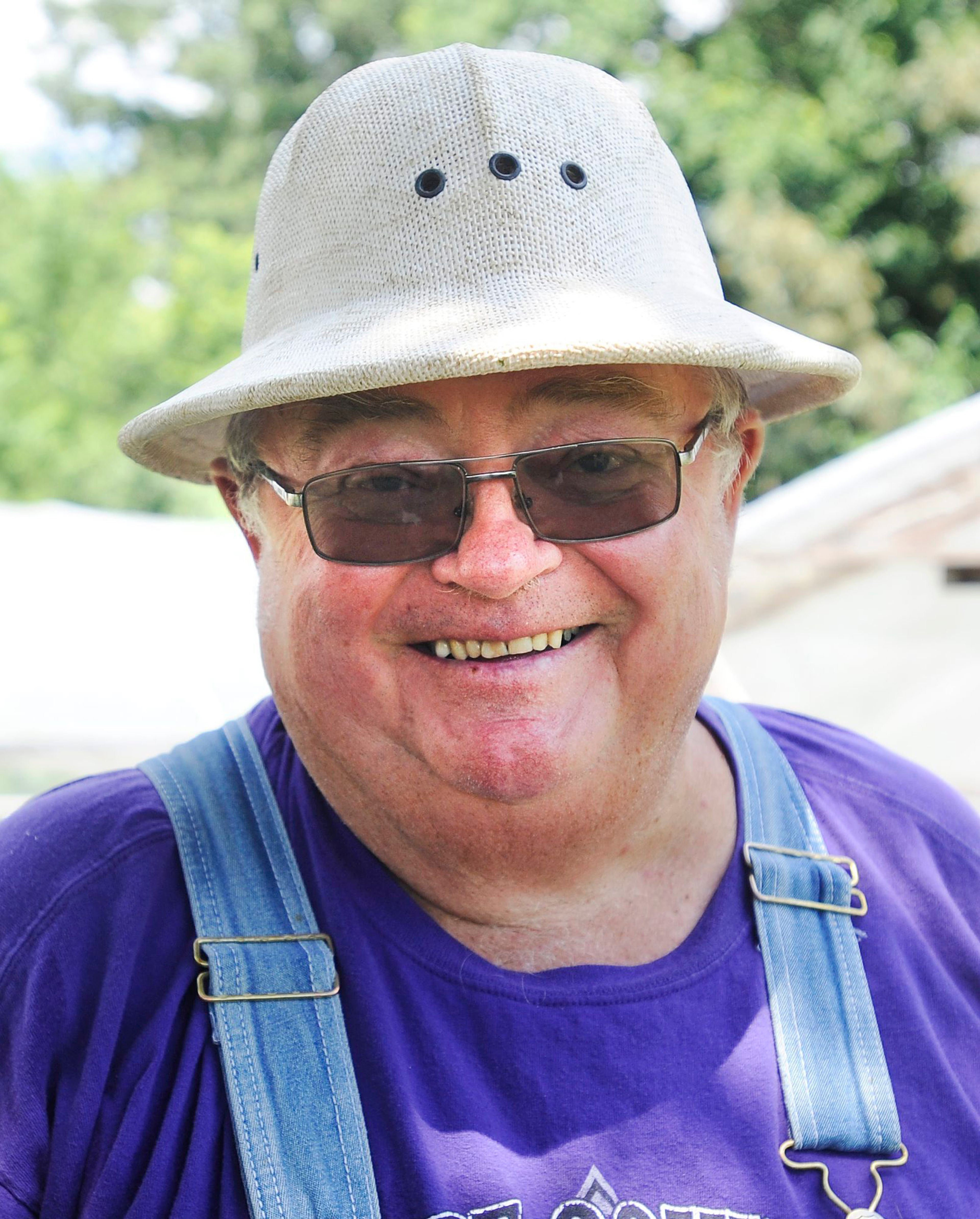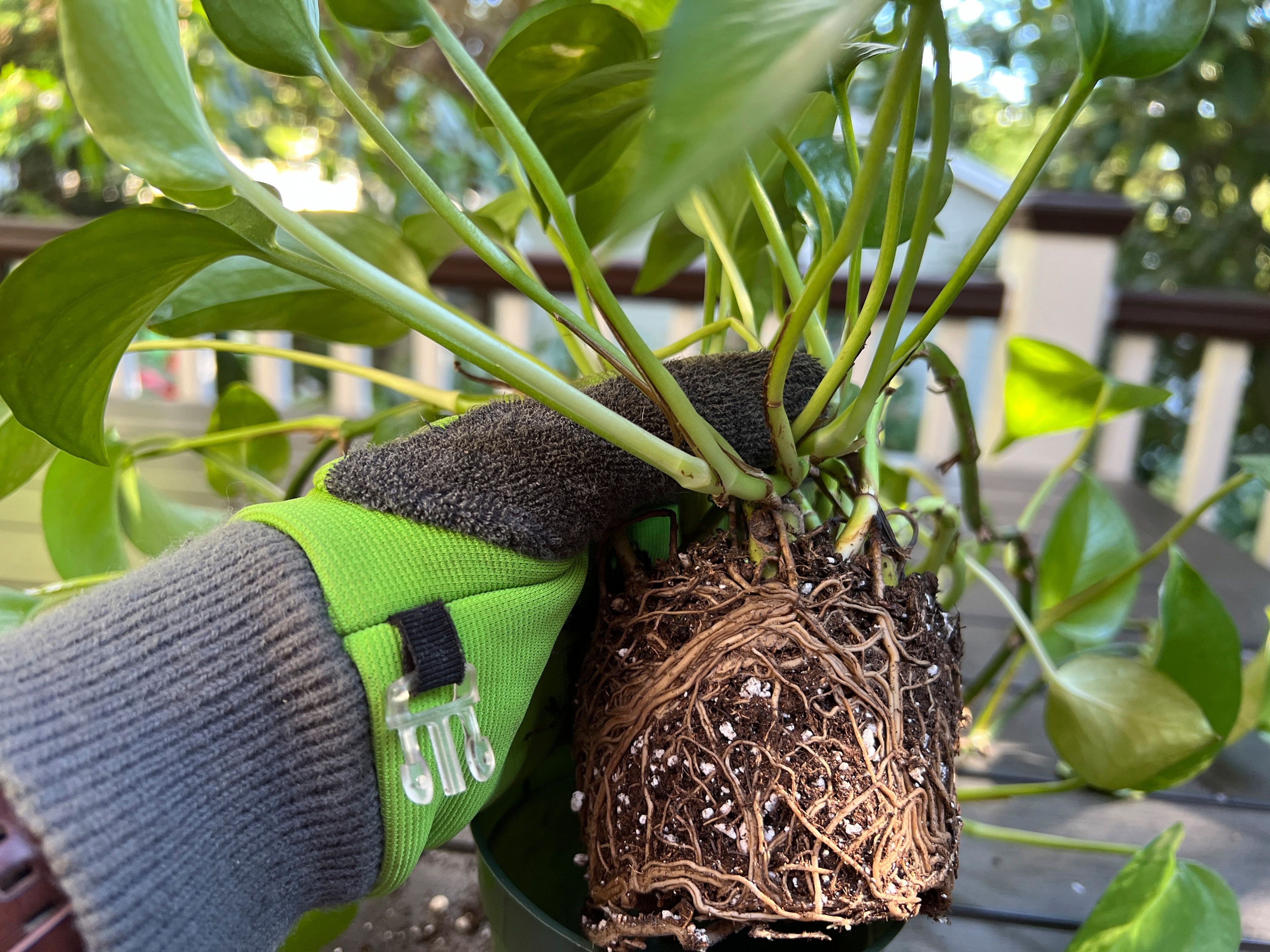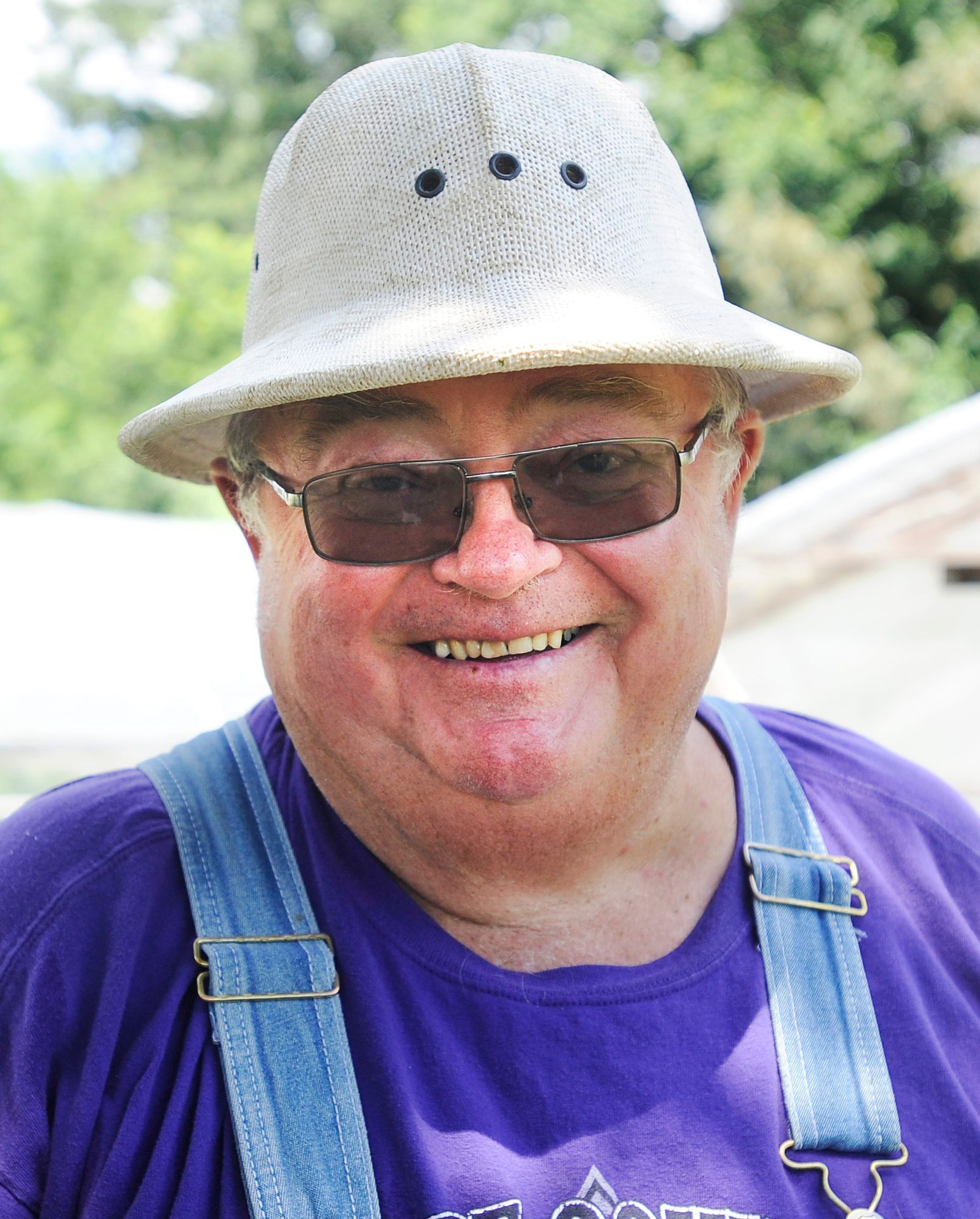Back in the early 1970s, Marge and I were up to her folks visiting, which usually meant we stayed a night or two. It was right at 90 miles to her folks from where we lived, so you didn’t go visit for an hour or two and drive home. And besides there was some of the finest fishing lakes in the country close to where they lived. Bass and bluegill and crappie and even northern pike.
Marge’s brother was up making himself breakfast one morning, and he was using onions to add some kick and flavor to his scrambled eggs. He said he had pulled some onions from their garden, but it was early spring so I wondered what was the deal. He said they were winter onions. This was kind of new to me. I’d seen onion patches at some of the old homesteads up in the Sandhills but never paid much attention to them. Took a nibble and they had a definite onion taste, almost too strong an onion taste. But they really seasoned those scrambled eggs.
They are tough, in that they stay green all winter, even in Nebraska, so I doubt that cold winter weather will hurt them. After we moved to Scott City, we brought some back with us from Nebraska and started a patch of winter onions here where we live. We don’t have a big patch with it being 4 feet by 4 feet. And honestly I don’t remember how many onion sets we brought back, but it wasn’t very many. To get them started, you simply plant some of the small onion bulbs in the spring and virtually leave them alone.
Later that summer they will grow and form a normal onion top, except right at the top of the plant they will form a kind of ball of small onion bulbs. Most of these will be smaller than a penny, with a few being bigger and some smaller. If you just leave these alone, the onion stems, which are maybe 16 inches long, will fall over which brings the ball of onions in contact with the soil, thus planting themselves. If you want, you can plant the small onion bulbs or give some to your neighbor. I’m betting I haven’t messed with ours in the past 15 to 20 years.
Marge’s folks and her brother would tend to theirs a lot better than we do. They’d cultivate around them and keep them relatively free from weeds and such. Then come early spring, they’d have a bunch of small green onions the size of a lead pencil or a tad bigger around the onion bunches. These small green onions were great to either eat or cook with. Just a little warning in that these aren’t your normal green onions. They are warmer and definitely have an onion smell. But they are super early and cool to have on your place where you live.
Usually at every homestead along with the winter onions were several rhubarb plants. My Grandma had probably a dozen with most of them pretty good-sized bunches. Her plants were along the west side of her garden so they were partially in the shade. Rhubarb can be found with almost green stems, but the best in my opinion are as red as you can find.
Mick and I’d raided Grandma’s rhubarb patch, and we’d try and find the smallest sprig of red rhubarb we could find. Rhubarb has a kind of sour taste so a dab of sugar might have helped, but we didn’t have sugar. We just ate the rhubarb and enjoyed.
One other thing that almost all homesteads had was black walnut trees. Some of my first memories are of a couple black walnut trees down south of Mick’s house. One seemed to be sickly even back then, and it didn’t make it. The other black walnut tree is standing today 70 years later, and who knows how long it had stood before I came along.
So what could you bake or make with onions and rhubarb and black walnuts?
Phillips began life as a cowboy, then husband and father, carpenter, a minister, gardener and writer. He may be reached at phillipsrb@hotmail.com.




